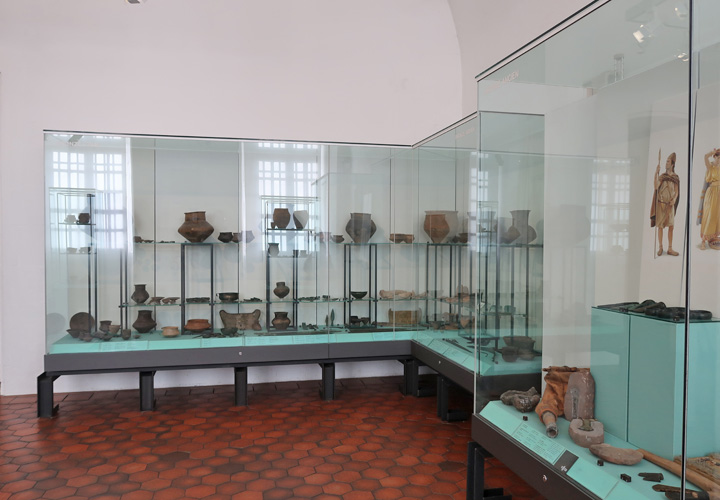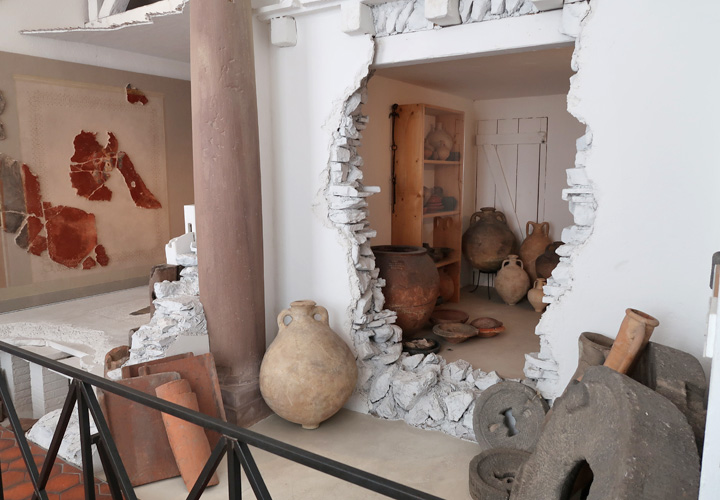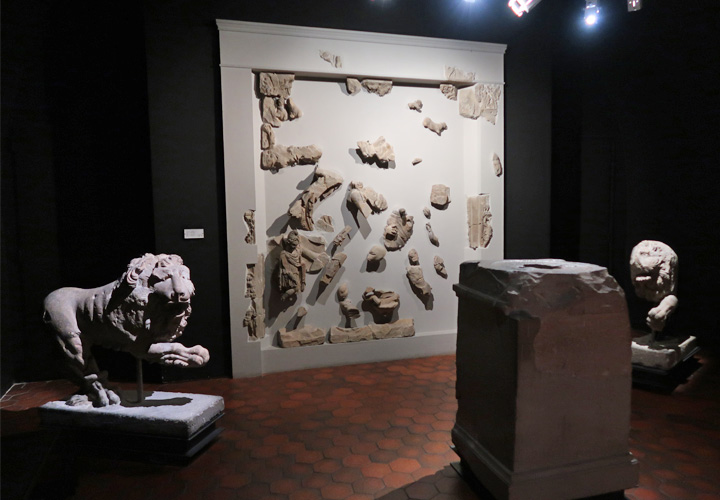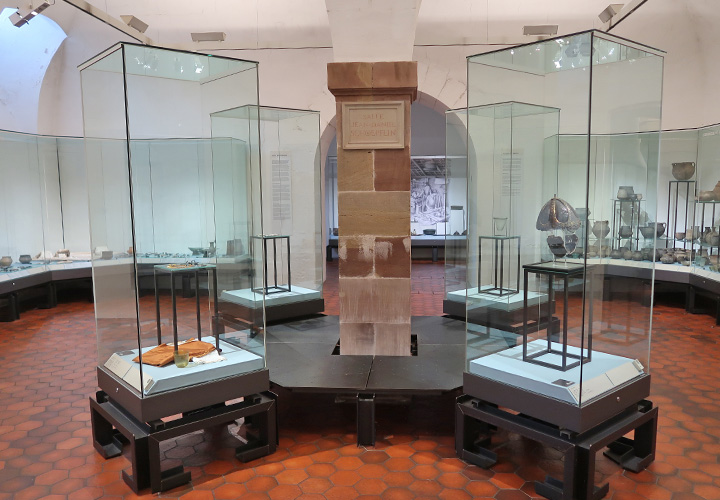The Archaeological Museum of Strasbourg is considered one of the most important archaeological museums in France.
It provides an insight into the history of Strasbourg from prehistory to the Middle Ages.
It is quite difficult to understand each piece individually, but if you look at them in order, you can learn a little about the history of Strasbourg and the Alsace region.
Now let me introduce you to some of them.
Musée archéologique de Strasbourg
Location
Musée archéologique de Strasbourg
Address:2 Place du Château, 67000 Strasbourg, France
Opening hours: Wednesday to Monday 10:00~18:00
Closed: Tuesdays
Prices

Normal price : 7.5€
Reduced price : 3.5 € (e.g. students up to the age of 25, people aged 60 and over)
If you want to see more than one museum, a day ticket is less expensive.
1 day-pass
Normal price : 16 €
Reduced price : 8 €
3 day-pass
Normal price : 20 €
Reduced price : 12 €
The time required
The museum is not that spacious.
A quick look at the site will take less than 30 minutes.
Even if you are interested in archaeology, an hour or so should be enough.
(except for those who specialize)
History
The museum is said to have its origins in the legacy of Jean-Daniel Schoepflin (1694-1771), a professor and historian.
Managed by the Société pour la conservation des monuments historiques d’Alsace (SCMHA Alsace Society for the Conservation of Historic Monuments) since 1855.
Most of the collection was destroyed during the Franco-Prussian War of 1870 but was moved by Alsatian and German scholars to the basement of Rohan Palace in 1896.
From 1909 onwards, the collection was enriched by the efforts of the Swiss archaeologist Robert Forrer (1866-1947).
In 1946, the museum itself was donated to the city of Strasbourg, making it a more complete and leading archaeological museum in France.
Exterior

The exterior of the building is a Rohan Palace and is a sight to behold.
The entrance is at the far end of the main entrance, on the left.
The location is a little confusing.
Note that the Museum of Decorative Arts, the Strasbourg Museum and the Archaeological Museum have the same entrance.

Downstairs, on the basement floor, is the Archaeological Museum.
Highlight

The history behind the museum is on display.

It explains how the collections are collected.

Alsace Palaeolithic

Alsace Palaeolithic

Alsace Palaeolithic



Bronze final (last Bronze Age).

STÈLE DU LÉGIONNAIRE LARGENNIUS(left)
Stèle funéraire du soldat Comnisca(right)

Stèlefunéraired’un cavalieraccompagnéd’un fantassin (upper central section)
Tambour de colonne orné de trophées(centre, short one)




Roman pottery from Alsace.

Aisle, photographed from the far end.



MAUSOLÉE FAMILIAL POUR LES VALERIUS RUFUS(Roman era)

LIEU DE CULTE DÉDIÉ À MITHRA(Roman era)


STÈLE À QUATRE DIEUX(left, Roman period) Stone monument of the four gods.


CASQUE D’APPARAT(Helmet, right) Merovingian period.

Summarty
The museum is relatively empty, allowing for a relaxed viewing experience.
Looking at the various exhibits, which change from period to period, you can see a little bit of the connections to history.
When I think of these times leading up to the glamorous European era, I am still glad I visited.
If you have time to visit Strasbourg, please stop by.
Thank you again for reading to the end of this issue.
A day trip from Paris to Strasbourg is detailed here.





コメント